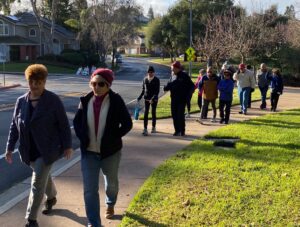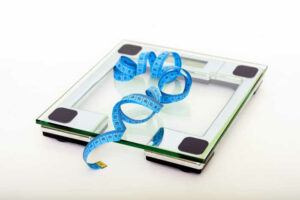
Avoid getting the new strain of coronavirus
Ask Mr. Pedometer and Friends…..about Coronavirus
Q: Mr. Pedometer, thanks for the tips you shared last week about how to avoid getting the new strain of coronavirus (COVID-19) that is in all the news. Now it seems to be getting more serious here in the USA. Any further advice?
A: Yes, it does seem closer to home now. Some of us have received copies of a letter written by James Robb, MD, a pioneering pathologist and physician. Here’s what he had to say about preventing spread of disease:
“Dear Colleagues,
“As some of you may recall, when I was a professor of pathology at the University of California San Diego, I was one of the first molecular virologists in the world to work on the coronaviruses (the 1970s). I was the first to demonstrate the number of genes the virus contained. Since then, I have kept up with the coronavirus field and its multiple clinical transfers into the human population (e.g., SARS, MERS), from different animal sources.
“Here is what I have done and the precautions I take and will take. These are the same precautions I currently use during our influenza season, except for the mask and gloves.
“1) NO HANDSHAKING! Use a fist bump, slight bow, elbow bump, etc.
“2) Use ONLY your knuckle to touch light switches, elevator buttons, etc. Lift the gasoline dispenser with a paper towel or use a disposable glove.
“3) Open doors with your closed fist or hip – do not grasp the handle with your hand unless there is no other way to open the door. Especially important on bathroom and post office/commercial doors.
“4) Use disinfectant wipes at the stores when they are available, including wiping down the handle and child seat in grocery carts.
“5) Wash your hands with  soap for 10-20 seconds and/or use a greater than 60%alcohol-based hand sanitizer whenever you return home from ANY activity that involves locations where other people have been.
soap for 10-20 seconds and/or use a greater than 60%alcohol-based hand sanitizer whenever you return home from ANY activity that involves locations where other people have been.
“6) Keep a bottle of sanitizer available at each of your home’s entrances AND in your car for use after getting gas or touching other contaminated objects when you can’t immediately wash your hands.
“7) If possible, cough or sneeze into a disposable tissue and discard. Use your elbow only if you have to. The clothing on your elbow will contain infectious virus that the can be passed on for up to a week or more!”



